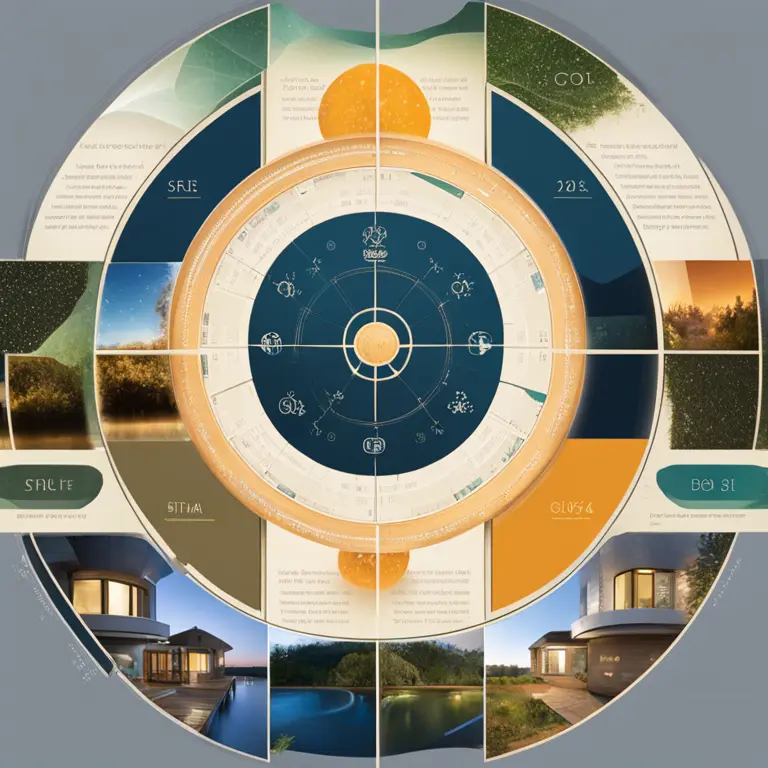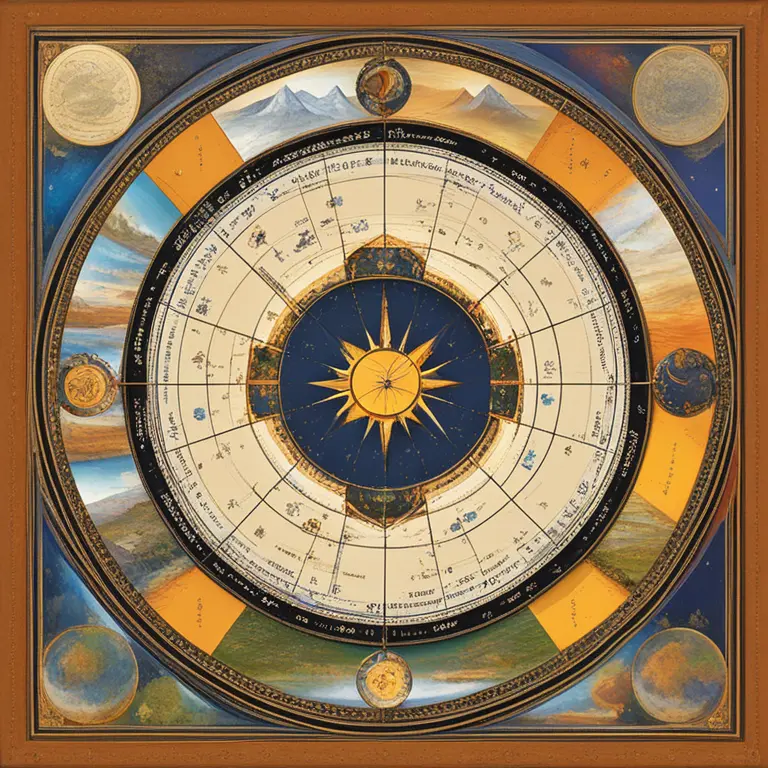
The Varied Dimensions of Astrological Houses
Discover why astrological houses have different sizes and what it means for personal horoscopes and forecasts.
article by Priya Deshmukh
A Celestial Blueprint for Individuality
Astrology and its many facets have intrigued humans for millennia. At the heart of this fascination are the astrological houses, a fundamental component of a natal chart. These segmented slices of the sky are akin to a celestial pie chart, and they hold the key to understanding the nuanced interplay between the cosmos and personal destiny. What may not be immediately apparent is that these houses are not uniformly sized; this article delves into the astronomical and astrological reasons behind that phenomenon.

The Birth Chart's Foundation
To comprehend why houses differ in size, one must first understand what they represent. The 12 houses in a birth chart correspond to different areas of life, ranging from self-identity to career, relationships, and beyond. Each house is associated with specific themes, challenges, and opportunities. Upon casting a horoscope for 2024 or any subsequent year, astrologers use the exact time and location of birth to pinpoint how the sky appeared, thus determining which zodiacal signs and planets influence these distinct areas of life.

The Importance of Ascendant and Location
The ascendant, or rising sign, marks the cusp of the first house and is a pivotal factor in determining the house sizes in a natal chart. It is the zodiac sign that was ascending on the eastern horizon at the precise moment of birth, and it sets the layout for the rest of the houses. Additionally, geographical location dramatically impacts house sizes. The farther one is from the equator, the more skewed the house divisions may become. The result is an asymmetrical chart that reflects the individuality of each person's life journey.

Equal vs. Placidus House Systems
Astrologers employ various house systems to calculate natal charts, which can lead to houses of differing sizes. The Equal House system assigns each house exactly 30 degrees, whereas the Placidus system, the most commonly used, adjusts each house size based on the time it takes for a point on the ecliptic to rise and culminate. The Placidus system often produces larger discrepancies in house size, particularly at higher latitudes, hence personalizing the chart to greater degrees.
Putting Size into Perspective
The unequal dimensions of the houses can have noteworthy implications for interpreting a person's chart. Larger houses might suggest an area of life requiring more attention or manifesting more significantly, whereas smaller houses could imply less overt themes. However, house size is not the sole determinant of life experiences; the planets and their aspects play an equally, if not more, critical role. For prophecies beyond 2024, taking into account the shifting influences of celestial bodies within these houses proves essential.
Embracing Astrological Complexity
The variation in house sizes enriches astrology's complexity and accuracy, allowing for a nuanced view that goes beyond generalization. When astrologers prepare forecasts, especially for years like 2024 and beyond, they account for not only the individual's unique house sizes but also how transiting planets move through and activate these areas. This offers a more dynamic and tailored astrological prediction, highlighting the ever-evolving nature of astrology as both an art form and a personal tool for growth.
Published: 1/17/2024
Modified: 1/17/2024
More predictions
Come back here soon to learn more about yourself and your future


Astrology: Your Sign Revealed
Discover your astrology sign and what it means for you with our concise guide, designed for clarity in the cosmos.


Careers in Astrology: A Real Possibility?
Explore the viability of astrology as a career choice in the modern age, and what it takes to turn a passion for the stars into a professional endeavor.


Zodiac Compatibility: Cosmic Matches That Align
Discover which astrology signs mesh well together and why some celestial pairings resonate on a deeper level, paving the way for harmony.